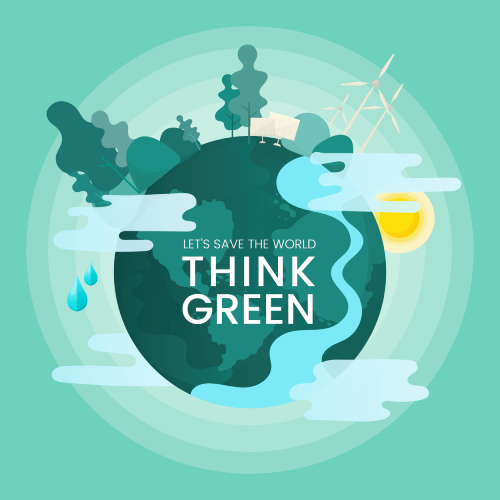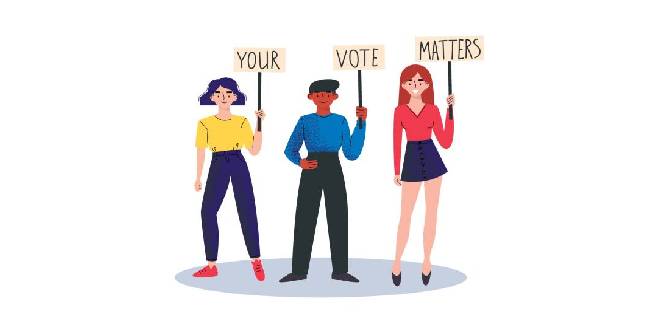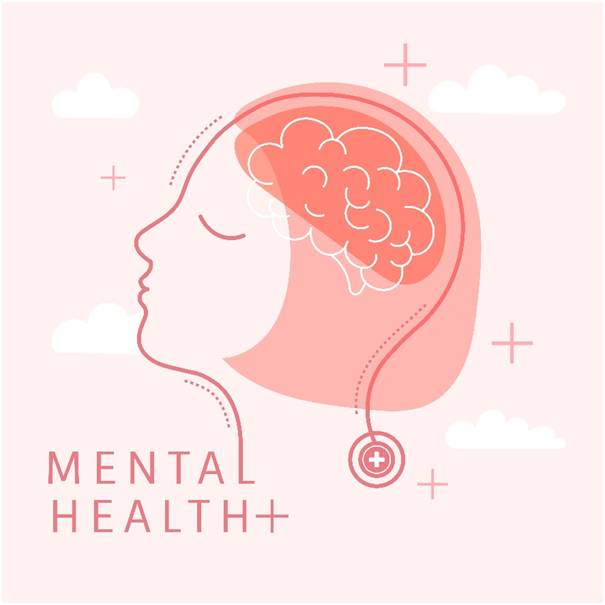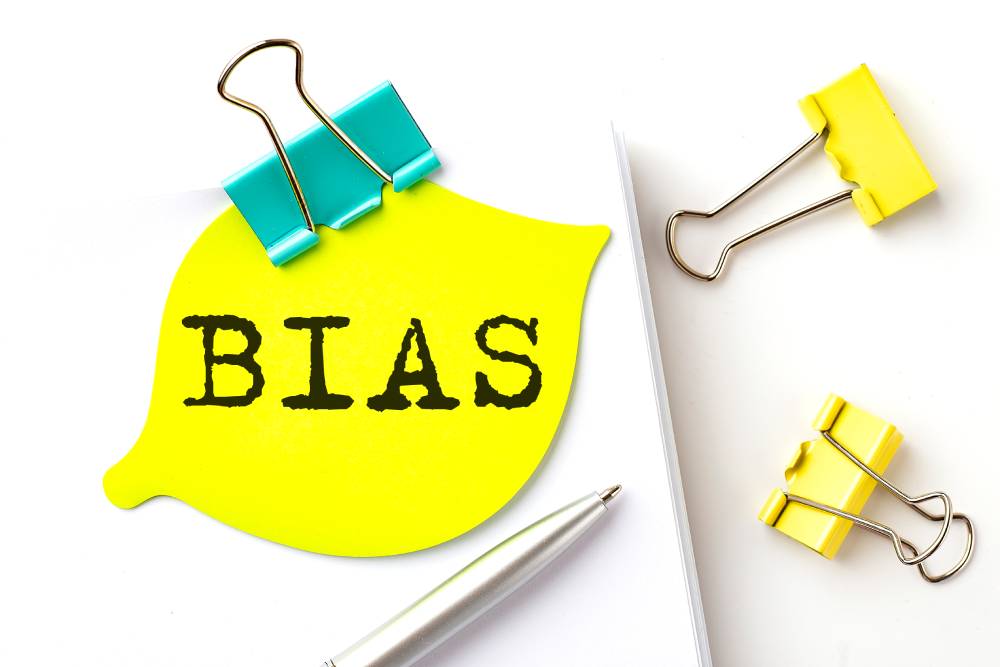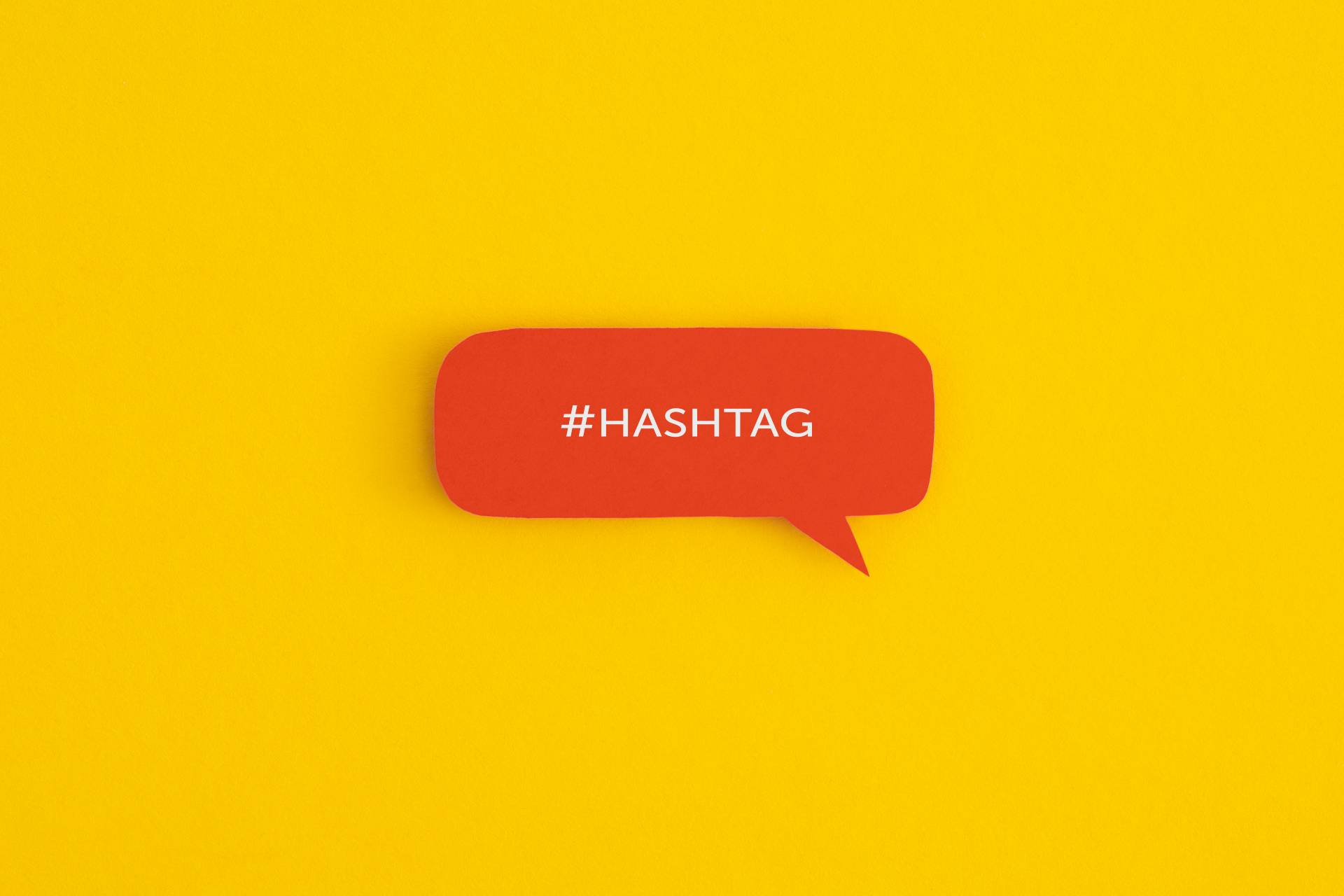The unprecedented rise in manufacturing and production activities, the fast-tracked growth of the global economy and consumerism, power generation, transportation, food production, and deforestation are leading to the production of immense gaseous emissions, mainly greenhouse gasses. The increased concentration of greenhouse gasses in the atmosphere is causing rapid global warming and climate change, causing extreme weather conditions and climate change, very similar to having an uninvited guest over who has tons of emotional baggage. After all, climate change comes with a plethora of problems.
The only way to get rid of an uninvited guest is to tell them to leave or adjust your reaction to their unwanted presence. Unfortunately, with climate change, we cannot adopt the former strategy, so the only option we humans are left with is to pull up our socks and be more responsible with our actions.
One way to mitigate climate change is to engage in large-scale carbon dioxide removal. Carbon dioxide removal (CDR) is a term that describes measures for removing CO₂ from the atmosphere. CDR includes nature-based solutions (NBS); these are encouraged because they ensure a “nature-positive future”, which refers to not only reducing the harmful impact on the environment but helping the earth to rejuvenate and regenerate its resources.
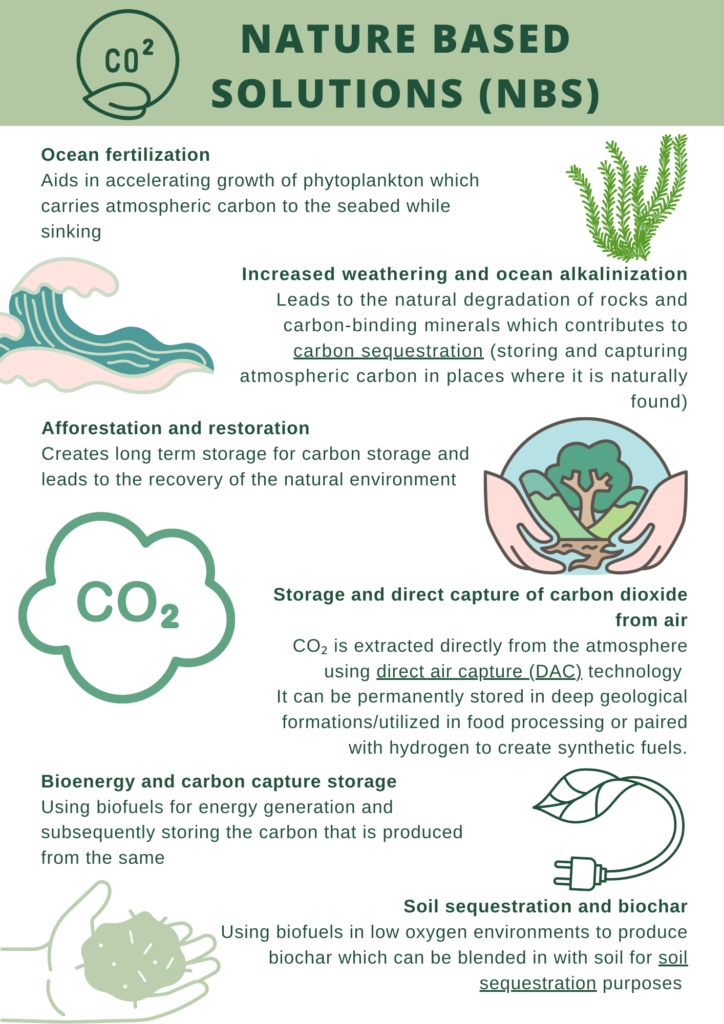
The following case studies demonstrate how NBS are used in a real-world scenario. An example of where DAC is being implemented is in Iceland, where two companies (Climeworks and CarbFix) are capturing carbon dioxide from the atmosphere and combining it with CO2 (sourced from geothermal fluid) to store it underground in basalt rock formations. This is the first operation of its kind, converting CO2 into rock through mineralization in the span of 23 years.
In order to preserve biodiversity, sequester carbon, and create a stable forest system resistant to climate change, the Shandong Ecological Afforestation Project concentrated on replanting degraded mountainous regions and creating a protected forest system. Over the course of the project’s 30 years, it helped to sequester the equivalent of around 12 million metric tonnes of carbon dioxide (CO2) and produced important information for cost-benefit analyses of the potential for carbon sequestration in project regions.
These NBS for CDR are vital because they engage and protect pre-existing natural processes of carbon removal and storage that not only combat the ill effects of climate change but act as regenerative measures towards environmental recovery from excessive industrial activity.
Even if we employ these above-mentioned techniques as optimally as possible, it would be incredibly difficult for us to accomplish complete decarbonization. This is due to the fact that massive corporations, which produce practically everything we can think of consuming, are the largest contributors to greenhouse gas emissions. The fact that only 25 government- and corporate-run producing entities account for more than half of global greenhouse gas emissions is troubling. Due to the continued rapid growth in the world’s population and the resulting rise in human consumption, these emissions are only expected to increase. Investors should start shifting away from fossil fuels and supporting investment in clean energy sources since public funding supports a fifth of the world’s industrial greenhouse gas emissions. It is important to understand that we must hold these corporations accountable. In addition to this, we must be more responsible and embrace sustainable consumption.
About the Author: Ananya is currently pursuing an Undergraduate degree in Political Science and Economics from Ashoka University. She’s deeply interested in policy research, sustainable growth, and developmental economics. She has an ardent passion for stray animal welfare, content writing, and content creation as well.
